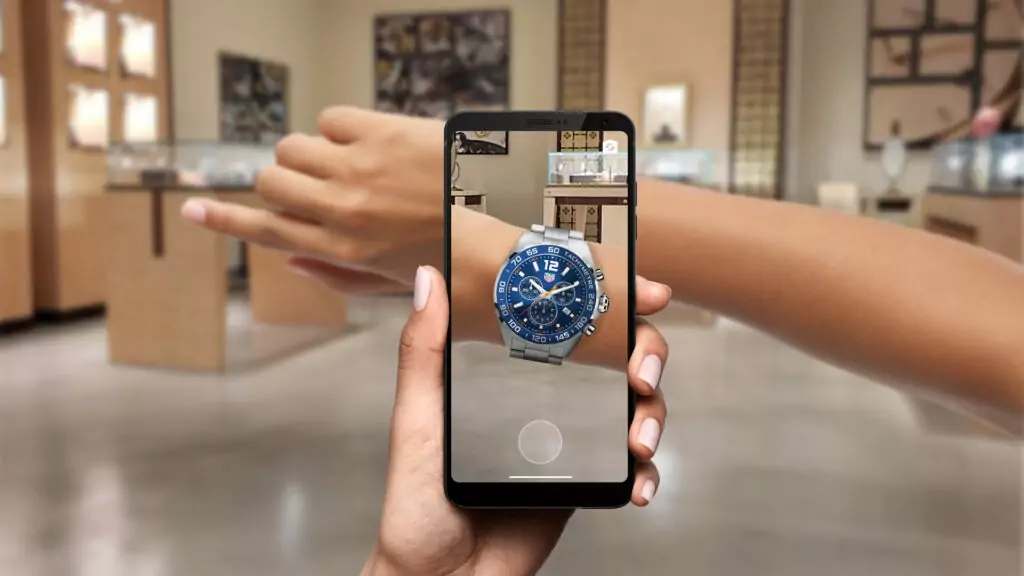glTF vs FBX: which one to opt for?
Table of Contents
You could have wondered several times which was the best file format for the immagini 3D on your platforms: glTF oppure FBX? This question might arise spontaneously within the topic of renderings 3D.
For this reason, in this article, SmartPixels aims to provide you with a comprehensive overview del two available options. Moreover, we will explore the benefits of each, and the relevant considerations related to your strategic objectives.
glTF and FBX: a broad definition
SmartPixels’ 3D visual in a glTF file format
Both file formats are able to support 3D models, static oppure animated. Furthermore, these days their implementation is widespread in several industries.
GlTF (Graphics Language Transmission Format) is an unrestricted e open-source file format designed for the efficacious transfer e loading di 3D models that contain a relevant amount di data. The COLLADA working group developed this file format with a clear purpose in mind.
They wanted to conceive a file format for 3D assets, that:
• worked with small-sized files,
• was speedy when loading,
• had a good runtime processing,
• and that could transpose a comprehensive 3D scene representation.
These days, the glTF file format is widely present on e-commerce websites, where retailers are keen on showcasing their final customer’s hyperrealistic 3D assets.
On the other hand, the FBX model was first developed as a native file type for motion capture tools. It is today broadly used as a 3D data exchange format for 3D editors and game engines.
Furthermore, FBX file types are well-known for their ability per support a wide variety di different data typologies. By implementing an FBX format for your asset 3D, you will enhance their hyperrealism. In fact, FBX is able to support very high image details ranging from material lighting per animations e shading.
What are the benefits of using a glTF file format?
The creators of glTF saw the rise of the Internet and recognized the need for an efficient, modern 3D format that could be used to transfer 3D models and scene data.
Our clienti employ our glTF file format for several scopes. Once the immagini 3D are created, they can be integrated into the client’s website, used to create Realtà Aumentata solutions, or as interactive content for their social media campaigns.
• Speed and efficiency: il glTF file format uses a JSON type descriptor file. A descriptor file of this type makes reading and writing a gITF file quick and efficient. It is in fact possible, to read such a file, 10 times faster than an OBJ file, for example.
• Data from a rich scene/ a shared benefit between glTF and FBX files lies in their capacity to support static as well as animated images. Thus, this format can also be useful for highly complicated images.
• Augmented Reality enabler: because of its speed and readability, this format is quickly becoming the industry standard for data streaming to Augmented Reality applications.
FBX: why should you implement it on your platform?
3D hyper-realistic rendering realized by SmartPixels for Paco Rabanne perfume
L'industria main use of an FBX file format is for motion acquisition. As well as its gITF counterpart, this file format is subject to a varied range of applications.
If we were to list a few, the FBX file formats would support 3D models, scene hierarchy, material lighting, animations, bones, skinning, and casting shapes.
Here you can find the main ragioni you should go for this file type:
• Location data support: The FBX file format is extremely useful for high-quality modeling tools and skill functions like accurate subdivision surfaces.
• Speed and efficiency: as well as the gITF file, this format is also grounded in binary code, so it is easier and faster to both write and read. This quickness stems from the fact that, unlike a text-based format, binary code has no need to convert such data into a human-readable mode.
• Forcefulness and adaptability: Integrating an FBX format is particularly useful for SDK language developers. Furthermore, because the SDK guarantees that all previous versions of the FBX format can be read, more recent versions of the tools can correctly read FBX files produced by other tools. As a result of the SDK, both elderly and more recent versions of FBX can be read and are therefore compatible.
glTF or FBX: which format suits your needs best?
Both gITF e FBX formats have the potential to be extremely useful e efficient. The “best” application, however, is determined by the type of platform and the relative 3D formats it can support.
First, if your goal is to transfer 3D rendering software nelle in tempo reale, quickly, and your platform has a more modern format, then the glTF file format is for you. If you need to transfer 3D scene data proficiently over the Internet for visual representation in a remote application, such as augmented reality, the glTF format is preferable to FBX.
On the other hand, for a higher-quality visual experience, the FBX file format is the preferable one. To exemplify, the FBX file format outperforms glTF when transferring data to a game engine like Unreal Engine oppure Unity, or between 3D devices like Maya oppure Clara.io.
Conclusion
SmartPixels performs integrations of its hyperrealistic 3D graphics with both file types, depending on your needs. Our goal is to create digital twins of your products in the most qualitative way possible so that you can highlight the know-how and the excellence of your brand.

